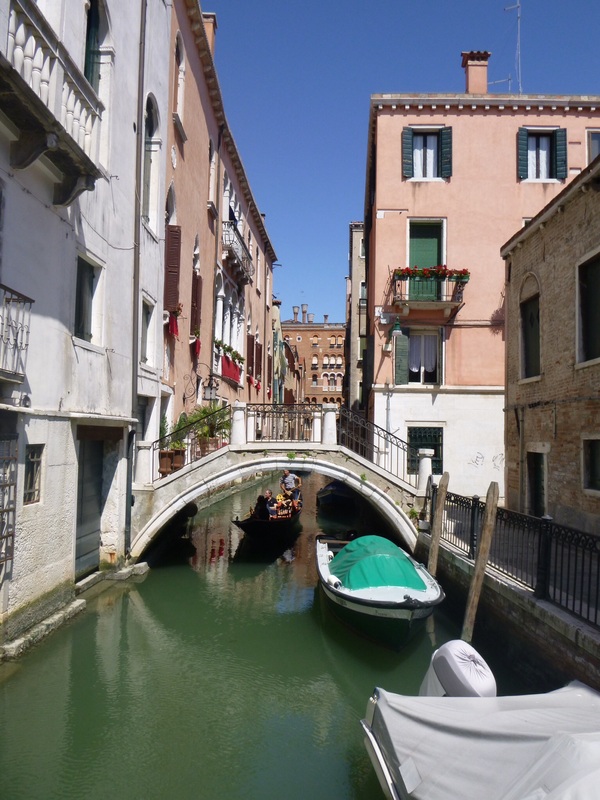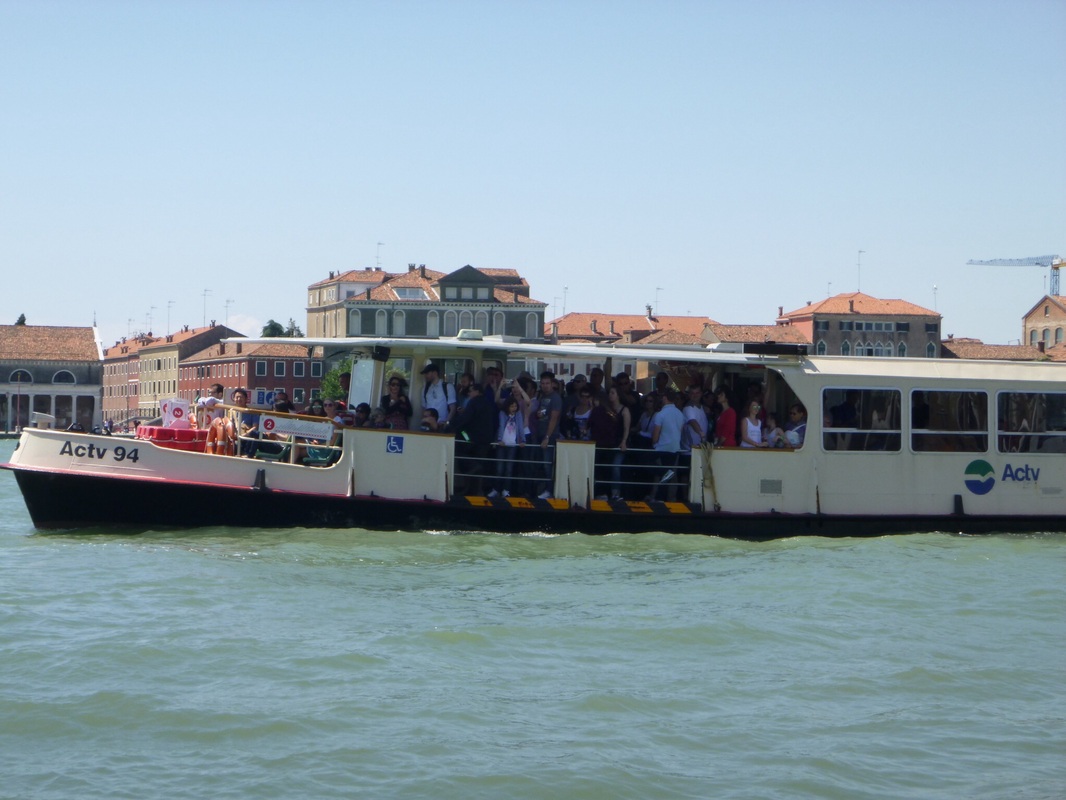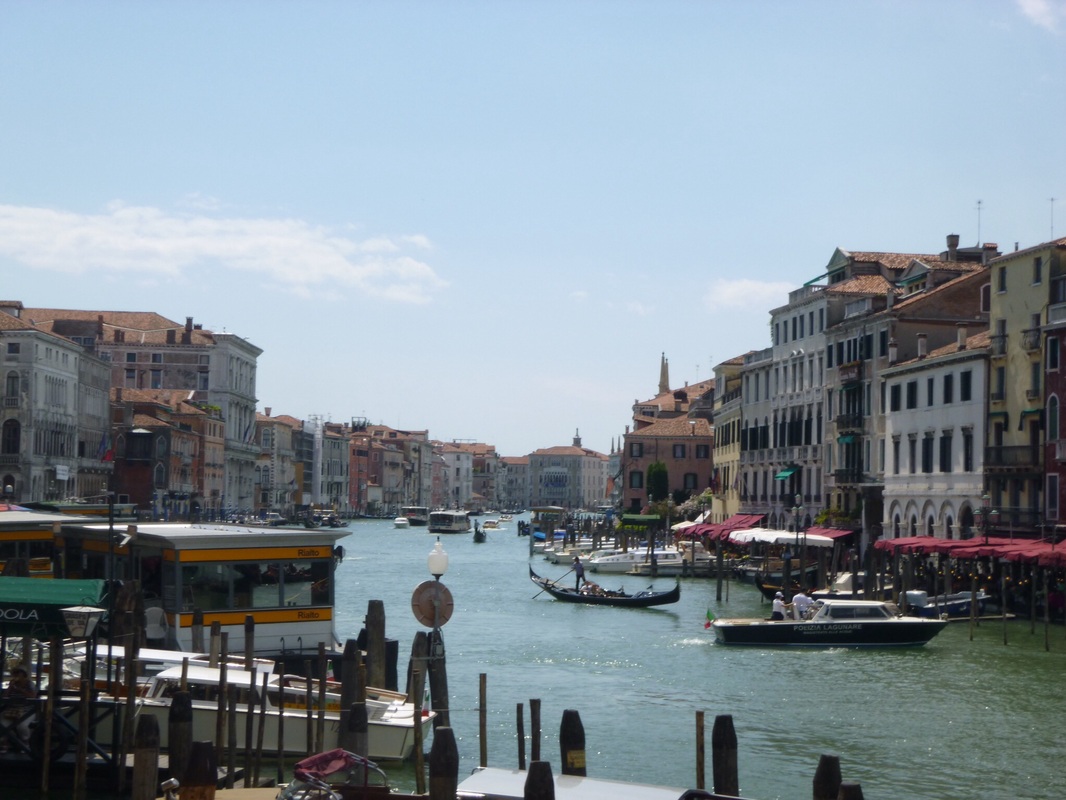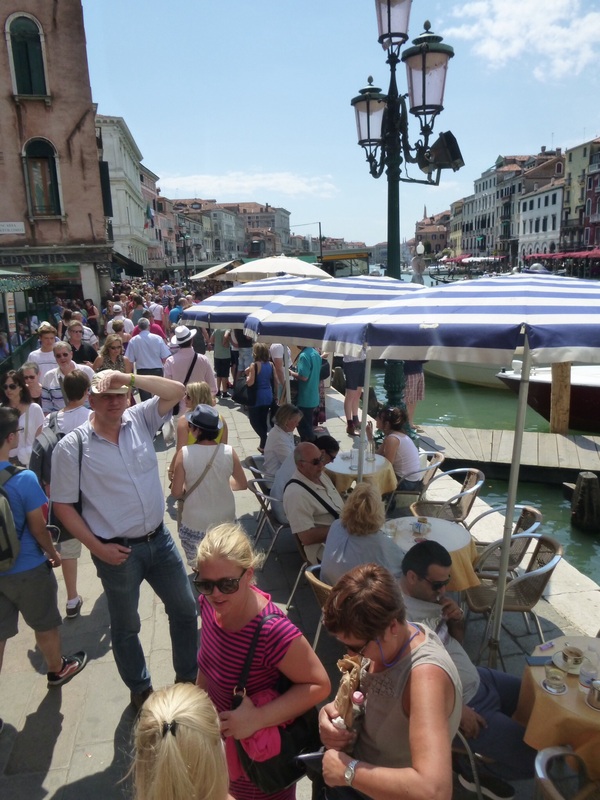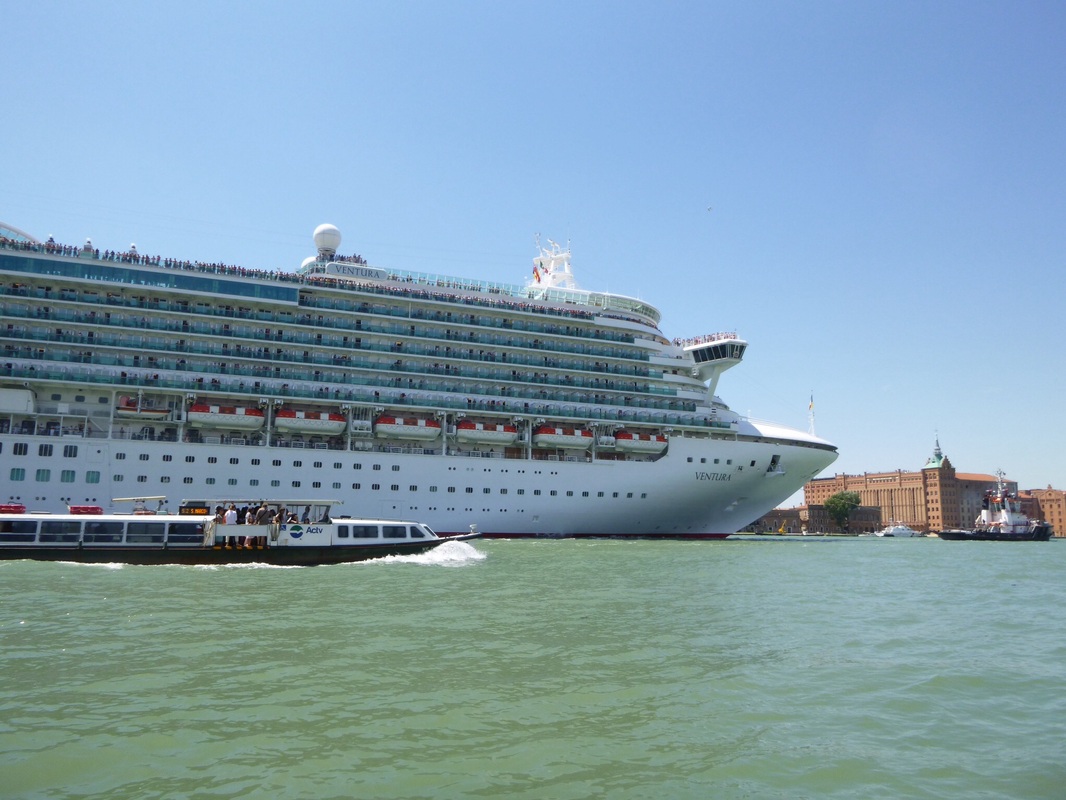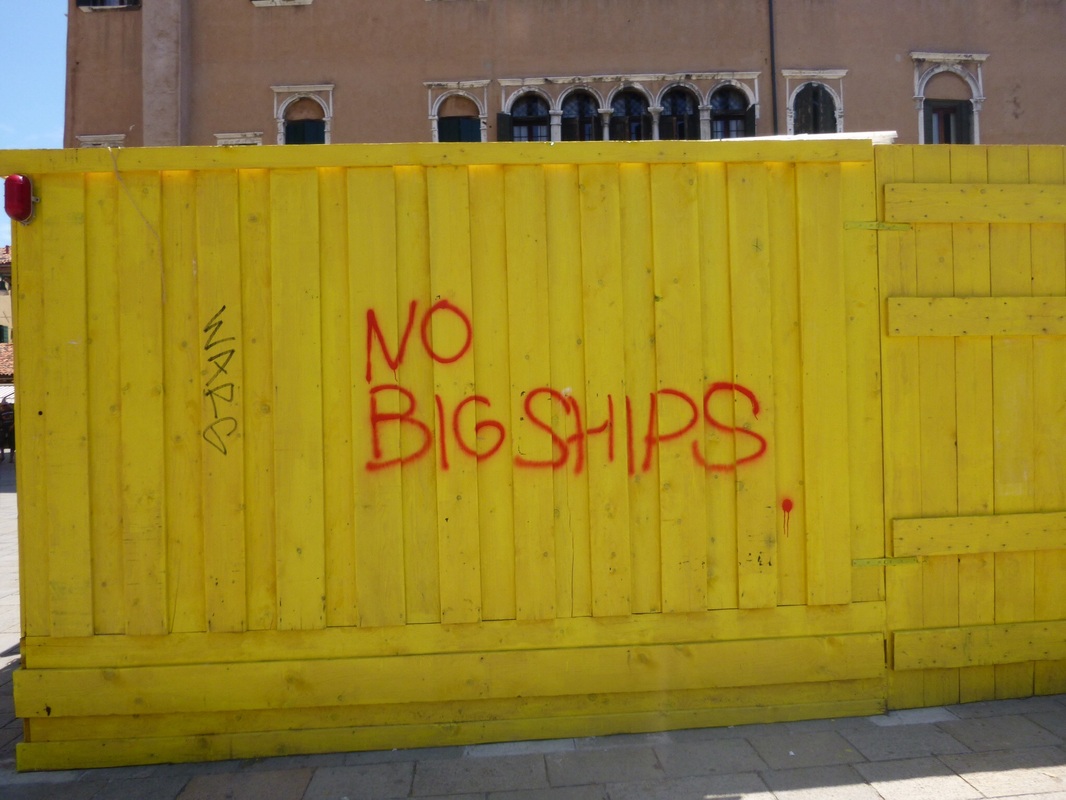|
A previous post written in 2014 described the impact that tourism was having on Venice. You can read this post here:
Tourism - Are we loving Venice to death? Part 1 The COVID-19 pandemic, and it's impact on global tourism since that post has resulted in a new range of impacts and an opportunity for reassessing the nature of tourism on the island. The pandemic has resulted in months of empty shops, restaurants and hotels. As Venice begins to open with some slight changes (more takeaways, outdoor dining, etc) a broader review of tourism on the island must be considered. The over tourism being experienced prior to the pandemic was pushing residents out due to rising house prices, grocery stores were being replaced with souvenir shops and accommodation was being replaced with Airbnbs. Large cruise ships were bringing in tourists who were only on Venice for day trips resulting in them rushing around to the see the main sights, congregating in concentrated areas, and economic benefits not being shared by the wider community. The pandemic has provided an opportunity for residents to reclaim the city, to try to make tourism more sustainable and diverse. Some of the suggestions being considered are limited access to attractions by introducing quotas and booking, and more regulation of tourist flows.
0 Comments
For more resources to support 12 Geography - People and Economic Activity (Tourism), see the Economic Activity site.
Edit: An update for this topic has been posted in a new post Tourism - Are we loving Venice to death? Part 2. |
Categories
All
Archives
May 2024
|
